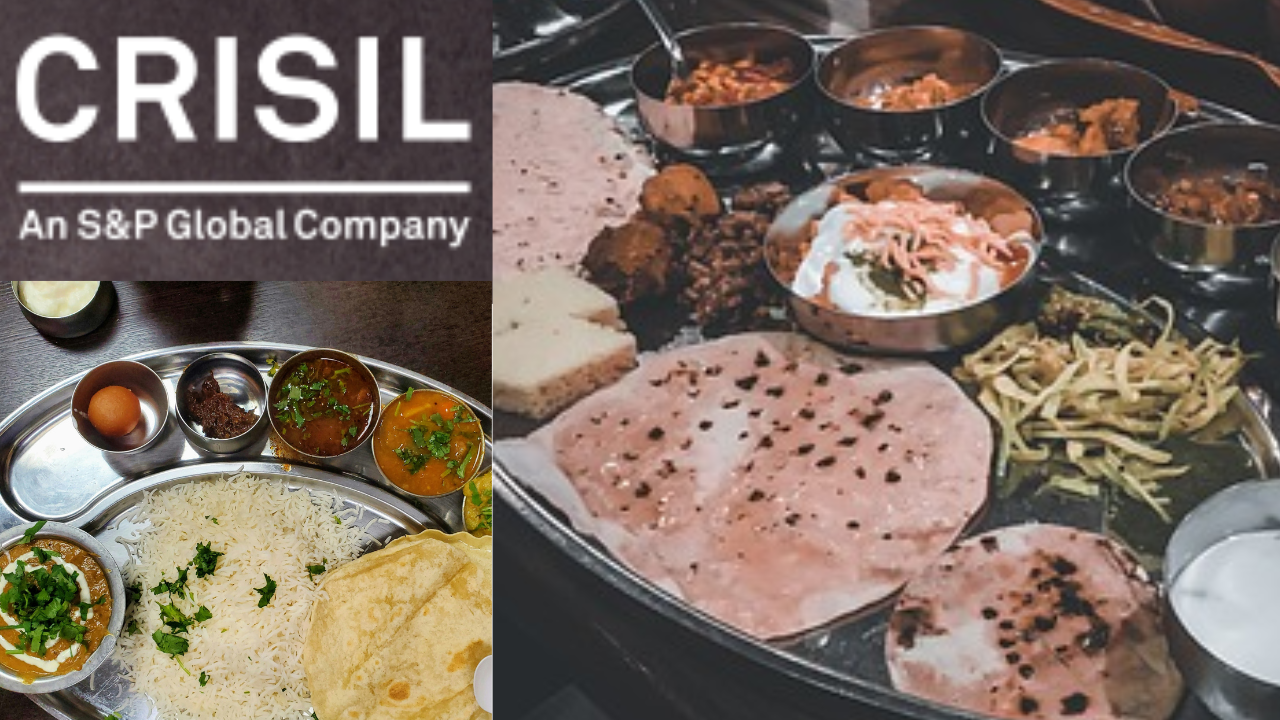
While the cost of a representative vegetarian thali rose by 7% year-on-year, the non-vegetarian thali saw a decline of 7%, according to the ‘Roti, Rice, Rate’ report of CRISIL MI&A in March 2024 which displays a contrasting trend in the cost of home-cooked vegetarian and non-vegetarian-thalis compared to the previous year.
This shift was primarily driven by significant fluctuations in the prices of essential ingredients. Notably, the prices of onions, tomatoes, and potatoes surged by 40%, 36%, and 22% respectively on a year-on-year basis due to lower arrivals and a low base from the previous fiscal year.
Similarly, rice and pulses, accounting for 13% and 9% of the vegetarian thali cost, witnessed a notable 14% and 22% year-on-year increase amid lower arrivals. Conversely, the decline in the cost of the non-vegetarian thali was attributed to a 16% on-year fall in broiler prices, the report mentioned.
However, month-on-month, the cost of the vegetarian thali decreased by a percent, primarily due to a 2% decline in tomato prices, while the non-vegetarian thali rose by 2%. This increase was driven by a 5% rise in broiler prices due to higher demand during Ramadan coupled with rising feed costs, as per the report.
The average cost calculation considers input prices from different regions of India, reflecting changes in common expenditure patterns. These changes are driven by fluctuations in the prices of cereals, pulses, broilers, vegetables, spices, edible oil, and cooking gas.
A vegetarian thali typically comprises roti, vegetables (onion, tomato, and potato), rice, dal, curd, and salad, while a non-vegetarian thali substitutes dal with chicken. These insights provide a comprehensive understanding of the factors influencing the cost dynamics of home-cooked thalis and their implications for consumers across India.
















